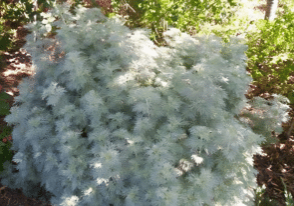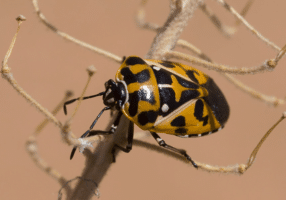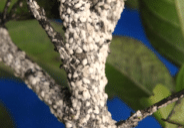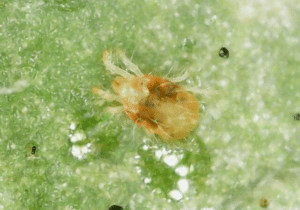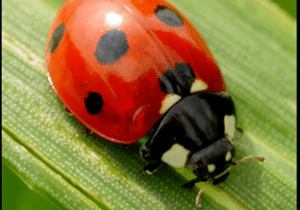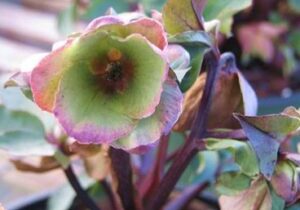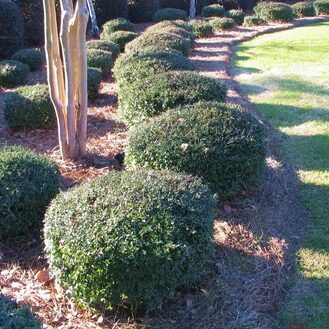
The Practice of Pruning Shrubs

By Steve Pulliam
Steve Pulliam earned his MA and BS degrees from Columbia International University. He is the President of IntegrityWorks, LLC and HomeScape Carolina.
To everything there is a season ... (Eccles. 3:3). There is also a time (and a method) for pruning shrubs. In the life cycle of every shrub there are certain non-negotiables regarding proper maintenance if a plant is to remain healthy and fruitful. While most do-it-yourself home landscape gardeners generally appreciate the aesthetic value of pruning, many may not understand the science behind pruning.
Importance of good pruning practices
I am often asked by discouraged homeowners why their shrubs look thin and lanky or why their flowering shrubs don't seem to produce as many flowers as they used to. Or, more often, why all of the green growth of the shrub is on the outside 5-6 inches of the plant while the inside has no foliage at all.
While there are a variety of things that could contribute to or cause some of these effects, such as nutrient deficient soil, watering or drainage issues, shade, disease or pests, many times it is simply the direct result of poor pruning practices. The importance of regular and proper pruning practices is essential in order to cultivate a healthy and vibrant shrub. But to achieve a proper outcome we need to have some understanding of the way shrubs respond to pruning.
There are four primary reasons to prune a shrub 1) Promote health 2) Encourage new growth and flowering 3) Control/reduce the size of the plant 4) Aesthetics. Unfortunately most home gardeners and landscape companies only focus on the last two aspects and neglect the first two which very often lead to poor health and a lack of new growth and flowering.
Achieving Health & Beauty is Rooted in Good Science
The two basic methods or pruning cuts, are heading and thinning. Heading is the partial removal of a stem or branch. Heading (or sheering) cuts encourage sprouting at or near the actual cut end of the stem. This method is generally used for maintaining the size and shape of a shrub while encouraging new flowering and leaf buds on the outside of the shrub. However, when shrubs are excessively sheered, they can produce an over-abundance of dense new growth on the top of the shrub. This often results in the interior foliage becoming very sparse.
Thinning is the selective and complete removal of a stem or branch back to the base or origin of its growth. Over time a shrub can become very dense - yet with little or no growth inside - and needs to be thinned out to allow for air and light penetration. Thinning cuts can be used to remove the over-abundance of internal leafless branches. Always begin by removing dead, dying and problematic branches including water sprouts (rapidly growing shoots that grow from trunk or older branches). This method is often used to rejuvenate older unhealthy and non-productive shrubs by drastically cutting them back (6-12 inches above the ground). This should be done in the early Spring to allow for a full season of growth and recovery.
Non-flowering evergreens can be pruned virtually anytime after the initial Spring growth spurt on into early August. Special care, however, must be taken with flowering shrubs as to which time of year is best. Heading back at the wrong time could mean drastically diminishing flower production in the next season. Because Spring flowering shrubs produce flowers on previous years growth they should be pruned within 30-40 days after blooming. Summer flowering shrubs (blooming after June 1st) can be pruned in the early spring because they produce blooms on new Spring growth.
It is important that you pay close attention to the results of your work over time. Much of the success of pruning depends on observation. With a little practice and patience you will find your confidence increasing until, at length, it will almost become instinctive.
Please send you questions to "Ask the Editor" at www.homescapejournal.com/contact

